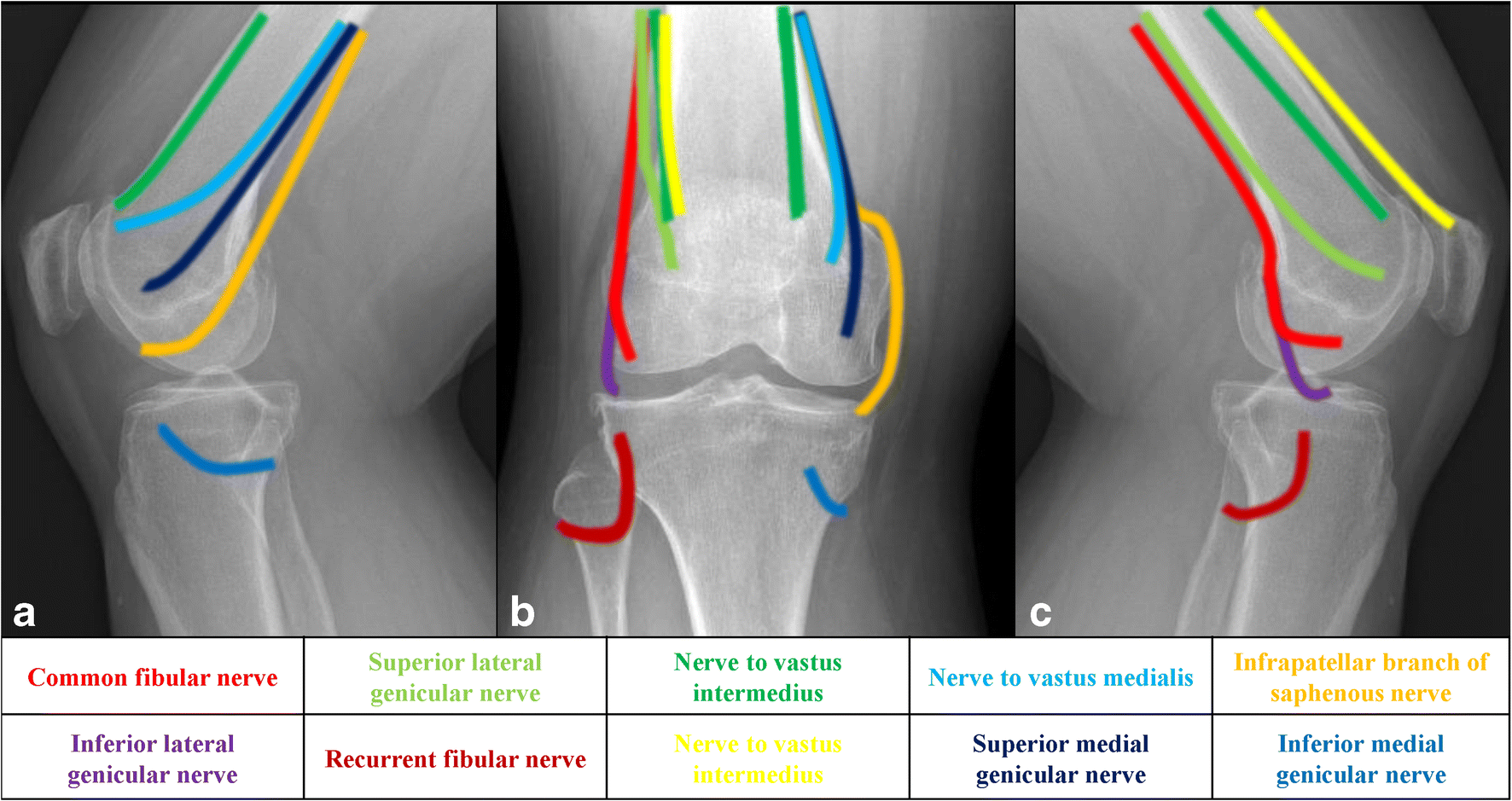Occipital nerves emerge from the spinal column at the base of the neck and extend beneath the scalp where they transmit most of the feeling at the back and top of the head. After confirming appropriateness of treatment by a.
 Nerve Stimulation For Chronic Migraine American Migraine Foundation
Nerve Stimulation For Chronic Migraine American Migraine Foundation
The leads from the scalp are.

Occipital nerve stimulator. It has electrodes that connect isolated leads to a generator and delivers electrical signals to the occipital nerve. It is powered by a battery usually about the size of a matchbox which is. In 2003 occipital nerve stimulation was used to treat chronic and refractory migraine.
The stimulator leads are placed in the region of the greater occipital and lesser occipital nerves. There are two Greater Occipital Nerves Right and Left. Occipital nerve stimulation is a type of peripheral nerve stimulation developed for pain relief.
Occipital nerve stimulation has also been used to treat cluster headaches. Occipital nerve stimulation may provide pain relief for patients with otherwise refractory primary headache disorders. These nerves have connections in the brain with an area called trigeminovascular TVS complex which is involved in pain generation felt in Migraine.
Occipital Nerve Stimulation ONS ONS uses a medical device system which is implanted in the back of your head under your skin. Occipital nerve stimulation gained more popularity as the technology improved and more pain physicians received training on interventional procedures. Administers sedation and injects local anesthesia in the occipital area of the scalp.
How is occipital nerve stimulation performed. Occipital nerve stimulation or ONS is a type of peripheral nerve stimulation that involves stimulation of the occipital nerves using an implanted electrical device. Electrodes connected with insulated leads to a pulse generator delivers small electrical impulses to the nerve.
This patient has retractable migraine which failed to medical therapy. Occipital nerve stimulation ONS is a form of neuromodulation therapy aimed at treating intractable headache and craniofacial pain. Some experts have used peripheral nerve stimulators for this condition.
Occipital nerve stimulation is a procedure used to treat occipital neuralgia and other headache disorders such as SUNASUNCT chronic migraine and cluster headache. This therapeutic procedure implants a device that uses electrical signals to diminish occipital nerve function. Occipital nerve stimulation is a therapeutic procedure to implant an electrical device that deadens the nerve to the back of the head with the intention of reducing daily headaches and persistent migraines.
The system sends mild electrical impulses through a lead which is implanted in the back of your head near to the branches of the nerves. Placement of Peripheral Nerve Stimulator beneath the skin at the base of the skull. The therapy utilizes neurostimulating electrodes placed subcutaneously in the occipital region and connected to a permanently implanted programmable pulse generator id.
Occipital nerve stimulation is a surgical procedure that may be useful in the treatment of chronic and severe headache disorders such as chronic migraines that do not respond well to other therapies. Occipital Nerve Stimulation for Migraine The Occipital Nerve arises at the back of the head and supplies sensation to the back of the head. While this treatment modality remains an off-label use of spinal cord stimulator technology a growing body of literature documents surgical techniques stimulation parameters complications and outcome.
Occipital nerve stimulation was first used to treat headaches in 1977 but its still considered a treatment in development. In the procedure thin wires are inserted beneath the skin of the back of the head in the location of the occipital nerves. This involves a general anesthetic and surgically placing wire around the occipital.
4 article feature images from this case 1 public playlist include this case. In this manuscript we are presenting our experience with ultrasound-guided implant of occipital nerve stimulators using peripheral nerve stimulator systems. If you have debilitating headaches and migraines an occipital nerve stimulator may help relieve your symptoms.
The patient is monitored in the recovery room for a few hours. Electric currents from the stimulators wire leads blocks pain impulses tr. Makes a tiny incision.


